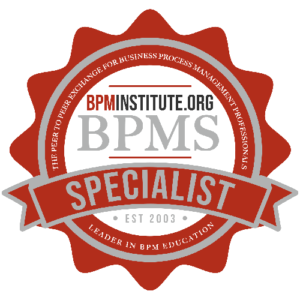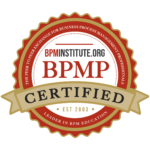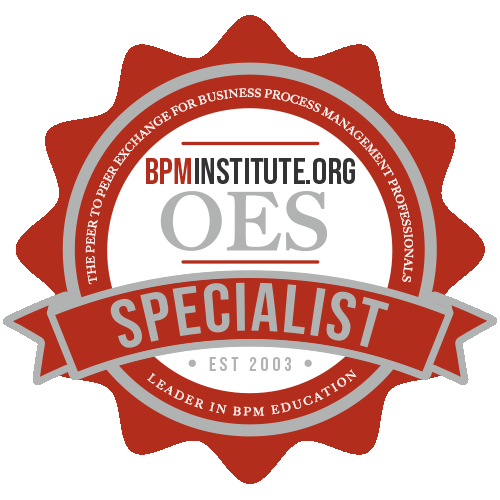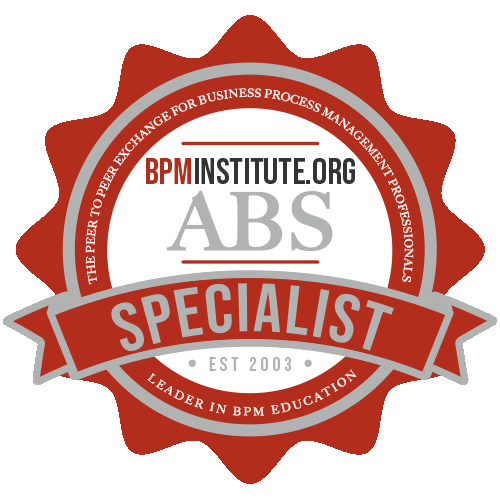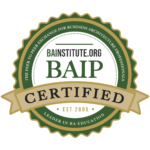Home / Resources
Resources
Discover a Wealth of BPM Knowledge and Expertise at BPMInstitute.org!

Selling SOA to the Business
(Or, Why Don’t They Get What A Service Is?)
In talking to many senior IT executives, whenever the topic of SOA is mentioned they invariable complain of two things. The first is that all the vendors are doing SOA – but all in different ways, making it difficult to mix and match. The second is that getting business buy-in to SOA from business managers is even harder than trying to wrestle their ‘Crackberries’ from them.
The problem is that without business buy-in, SOA cannot deliver its fabled benefits to the organisation – Agility, Growth, Innovation.

BPMS Watch – BPM and Its Enemies
My very first BPMS Watch column, over three years ago, was titled “Without a BPMS, It’s Not Really BPM.” And to a large degree I still believe that, although today I would probably tone it down to something like “without a BPMS, you can’t realize all the benefits of BPM.” That view is certainly less radical now than it was in 2005, as both developers and developer-oriented tool vendors have increasingly embraced the BPM Suite idea.
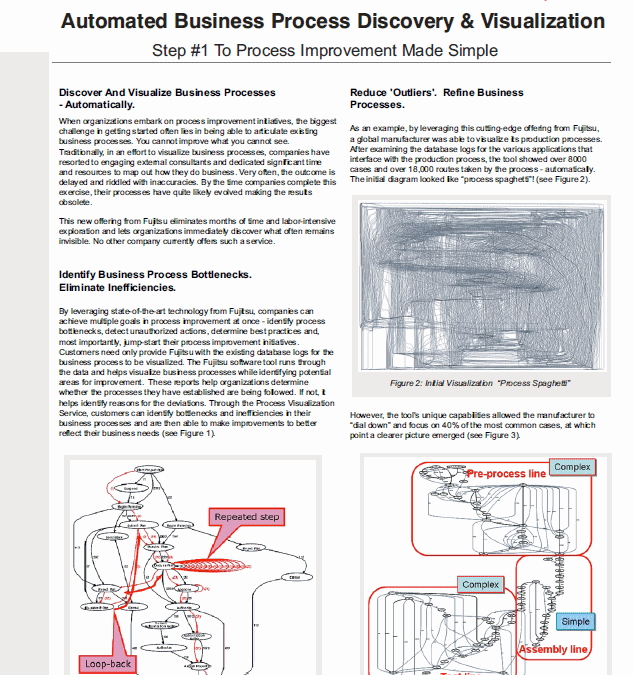
Automated Business Process Discovery & Visualization
One of the biggest challenges faced by companies embarking on a process improvement and governance initiative today is illuminating the exposure to compliance failure, fraud, and other legal and efficiency issues lying hidden in their operational workflows. Fujitsu’s Automated Business Process Discovery and Visualization Service eliminates months of time and labor-intensive exploration and lets organizations immediately discover what often remains completely invisible. Learn more about this innovative offering from Fujitsu and how can you benefit from it.
The Bioteaming Breakthrough for High Performance Teams
With the emergence and maturing of a vast array of corporate-strength intranets, extranets, portals, and Web 2.0 with its multitude of supporting real-time and asynchronous communications tools, there would appear to be a huge potential for technology to bring real gains to team productivity. This would seem to be particularly true for those teams that are physically distributed or that are highly mobile. Few people would dispute the potential benefits of effective real-time communication tools or of shared and secure workspaces.

Better! Cheaper! Faster!
Have you ever worked on a project where the rules to be automated were very complex? Where the business representatives described the rules differently (but essentially used the same logic)? Where the rule inter-relationships made it seem like the rule logic was circular? Where they were difficult to document in a clear and precise format? Where it seemed like the stakeholders each spoke a different language? Where defining the concrete rules to be automated seemed impossible? Well, you are not alone.

Requirements and Design Approaches for Adaptive Software
In the first article of this series, the idea of an emergent environment was introduced. There are several key properties of a setting where an emergent approach for process development can be highly effective. These include environments where there is:
Lack of CertaintyDesire for AgilitySkills Disparity

Process Mapping – Collaboration is Key
Wherever a business is on the continuum of process analysis, improvement, or re-engineering, the initial step is to understand how people do what they do. A process map can get you started.
A process map defines how an organization performs work: the steps involved and their sequence; who is responsible for each step; and how work groups interact.
There is no shortage of software tools to help map your processes, and myriad formats to choose from. No matter what format, tool, or technology is chosen to document the “As Is”, though, collaboration is key.
Case Study: Architecting a Segment Across Geographic Locations
Many organizations have headquarters and field offices. Distance and separate management structures can make forming a cohesive architecture difficult. The challenge grows when the complexity and size of the organization require a segmented architecture.
Our approach addresses this challenge. Segment and Regional Architects examine intersections of shared systems and/or business processes between field offices and headquarters for a segment, and the redundancies each sees from their perspective, while looking for opportunities to leverage enterprise-wide solutions.
Can Enterprise Afford To Be ‘Not Ready’ For BPM?
Whether they realize it or not, the only thing Enterprises do is run Business Processes (BP). However, how effectively and efficiently they do this depends on the state of an Enterprises’ Architecture and the state of mind of the companies’ leaders.
Most Enterprises still have their processes formulated by Business Analysts (BA) as textual requirements. Then these requirements go to the IT side, where digital simulations of them are designed. These simulations are supposed to behave as the original processes were intended to.

BPMS Watch: Hey You! Get Outta My Pool!
One of BPMN’s most important elements is unfortunately also the most misunderstood. It’s called a pool, a rectangular shape that serves as a container for a process. So in that sense a pool is synonymous with a process, and that’s as basic as you can get. The confusion sets in when you understand that a business process diagram (BPD) – the top-level object in BPMN, describing a single end-to-end business process – frequently contains multiple pools.
A Formula to Measure Business Agility
This weekend I spent an afternoon sitting in a coffee house in my downtown Chicago neighborhood pondering what it means to be agile and how to measure it. The place was busy but I got lucky and snagged the cushy armchair next to the plate glass window in front that looks out on the sidewalk and the apartment building across the street. Watching the other patrons, looking at the people who pass by, and enjoying that burst of mental energy induced by a fine café-au-lait is often a good way to get inspired and be creative.

Using the Tools of Structure
Problems worthy of innovation range across the map from seemingly simple ones like the design of low-function objects (think tableware) to complex systems so multifunctional it’s hard even to know where to start. For complex problems, as you might expect, we usually insist on some kind of structure to work from; but for the “simple” ones, we almost never feel the need. Somehow it seems right to innovate within structure for a big problem, but its OK to treat lesser problems as one-shot idea generation exercises.

Reasons for Six Sigma Deployment Failures
As a Six Sigma consultant I am often asked: “Have there been any Six Sigma deployments that have failed?” My answer is ambiguous enough to make me sound like a presidential candidate. That answer depends on your definition of the term “failure.” My definition of a failure would be a result that does not deliver the Return On Investment (ROI) anticipated by the company. Using this definition, I am not aware of any company that would admit to failed deployment.

BPM Governance
Let’s agree on a fundamental principle. Companies create value for customers and shareholders via the effectiveness and efficiency of activities or work which flows across traditional organization boundaries – often referred to as the firm’s cross-functional business processes. In order to optimize and sustain business process improvements it’s essential to overlay some form of governance that creates the right structures, metrics, roles and responsibilities to measure, improve and manage the performance of a firm’s end-to-end business processes.
Don’t Underestimate the Importance of the Business Process Model to Your System Replacement Project
The reasons to replace an existing system may be technical in nature such as upgrading the platform or notice that key software will no longer be supported by the vendor. Or, it may be due to changing business conditions and the need to respond quicker in an increasingly more dynamic market and customer demands. In these cases, the decision to replace the system is often accompanied by a mandate that there be no change to the underlying business process.

How Do We Do Requirements?
Attending the recent IBM Rational Conference, I listened to some very interesting conversation around the subject of requirements – Rational now has not one, not two but three different “Requirement” tools – its ‘legacy’ product, Requisite Pro, the newly acquired Doors product from Telelogic (now an IBM company) and a newly announced “Requirements Composer”, part of its new software development portal dubbed “Jazz”.
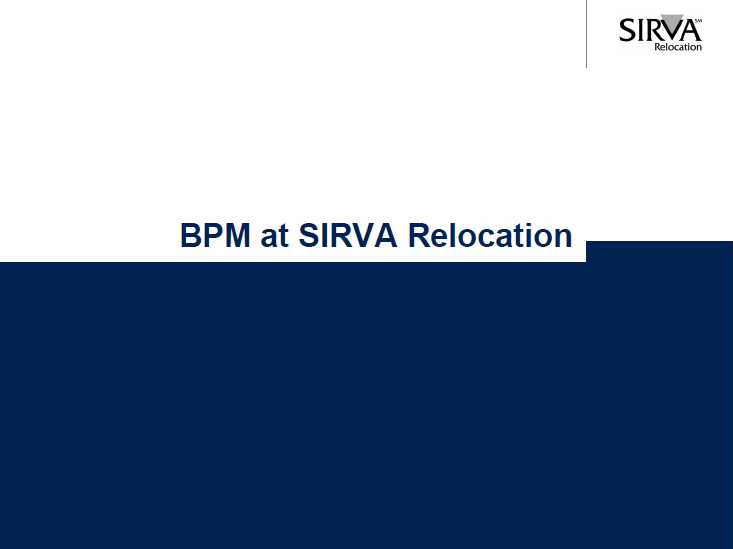
One CIO’s Perspective on Where BPM Fits
The process of relocating to a new city can be complex. Attend this round table to learn how SIRVA uses BPM to simplify the relocation experience for individual consumers and about half the Fortune 500. Join Erik Keller of SIRVA, as he will discuss their corporate initiative to drive improvement and change in the business.

Defining the term “Business Architecture”
How does one define the term “Business Architecture” (BA)? Before an enterprise undertakes a Business Architecture initiative, it must have a clear understanding of what it is and how it is defined. Perhaps by first parsing the term “Business Architecture,” and then characterizing it as a whole and complete term, one can bring clarity to its definition. And of course, the Business Architecture requires an association and some context with the enterprise as well. This article will offer one perspective on the definition of Business Architecture; hopefully, stimulating
Creating Momentum for Process Change
In our consulting work at the Performance Design Lab (PDL), we have frequently talked with clients who describe the following scenario: “Our improvement projects usually seem to get stuck between current and future state. We get the ‘is’ process mapped out okay, but we can’t beyond that.”
The question we always ask is, “Why did you start the project in the first place?” What we find out is that processes often get mapped without any clear purpose, other than to map them.

Improving Government Service by “Building Sidewalks Where People Like To Walk”
A few years ago, a private liberal arts college in Vermont decided to reinforce the image of its campus, which features lots of quads and open spaces, as one that encourages students to do more walking. Concrete walkways were built over existing dirt-paths that the shoes of students and faculty had been shaping and re-shaping for generations. When the renovations were done, the local newspaper reported that fewer students showed up in class thereafter with muddied sneakers, though more of them were walking across the campus, even on rainy days.
